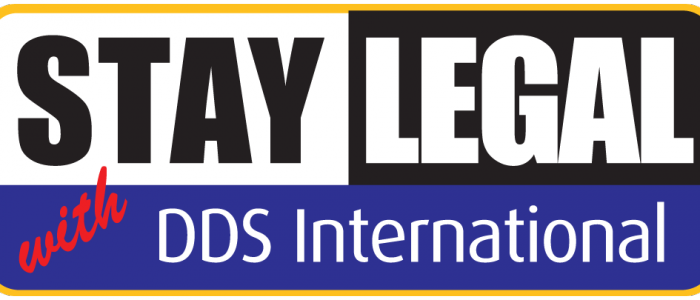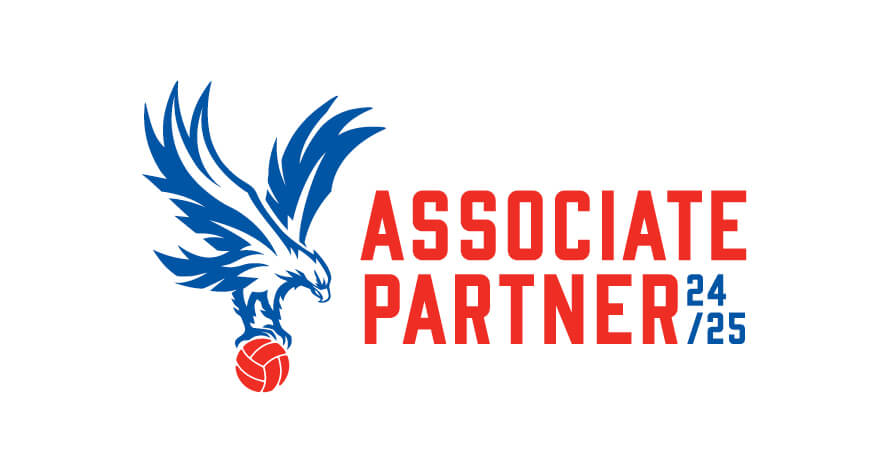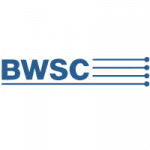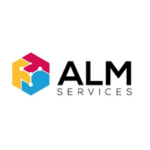Eye Wash & Eye Wash Stations – Eye Injuries Are Potentially Serious!
Test
Check that eye wash stations are provided, where required, particularly in plant room areas, battery charging areas etc.
Reason for This Question
These are important in case of accidental splashing of chemicals into the eye.
Possible Answers
Red: Eyewash stations required but not provided
Amber: Eyewash stations required, provided and but not maintained
Green: Eyewash stations required, provided and maintained
Fail Rate
25% of businesses failed this question based on our sample data.
Common Issues
- No eyewash stations provided
- Eyewash stations not replenished
- Missing eye wash bottles
- Eyewash station not installed correctly
Common Recommendations
- Renew eyewash
- Ensure eye wash station is regularly checked
Information
What is an eye eye wash station?
Eyewash stations are the equipment used to drench or relatively flush the eyes with water when substances like dust, irritants or chemicals get into contact with the eyes. Eyewash stations are designated areas in industries, work areas, schools that provide on the spot decontamination. The first 10-15 seconds are very crucial after being exposed to a hazardous substance. This substance could be corrosive, which is critical to your eyes.
Delayed treatment could cause significant negative injuries. Chemical exposures still happen even in areas with good controls and safety precautions. Having face shields goggles, and procedures that recommend the use of personal protective equipment does not protect workers from these accidental chemical exposures. The eyewash stations are significantly important in industries that use chemicals as a backup in order to minimise the accidental chemical exposure effects on the employees.
For maximum effectiveness, the equipment needs to be accessible to all personnel. It is recommended by The Health and Safety Regulations 1981 that a person should be able to get to the equipment in a time frame of fewer than 10 seconds. In the instance where the injured person may not have the ability to see, the regulations act states that the average person can walk an average of 15 meters in the 10 seconds window. Depending on the corrosive nature of the chemicals being handled, an emergency eyewash station should be situated close to the workstation. This is because the 10-second rule changes depending on the effect of the chemical involved. It is therefore recommended that as a company, you consult a professional that bears the knowledge of the work area to show you the exact position the eyewash station should sit.
Where should eyewash stations be located?
The unit should be installed in a way that it is not contaminated by the corrosive chemicals used in the work areas. The location of the eye wash stations should be marked with a visible sign. The sign should also not require language skills from the workers to clearly understand it. The location should also be well lit and free of other obstacles that might make someone in a rush to trip and fall. They should also not be separated by partitions from where the hazardous work area is. Having the eyewash station on the same floor as the hazardous workstation is very recommendable. There should be no stairs that require a lot of travel to reach it.
In an instance where you have an eye emergency, you are required to notify a co-worker immediately. Rush to the eyewash station as someone else dials the emergency call number. Activate the hand and foot lever so as to start the flow of water. You are required to keep your eyelids open and at the same time keep the water flowing over the eyeballs. Roll your eyeballs around so that the water touches all the surfaces and also gets in under the eyelids. You are required to wash both eyes even if you think that you only contaminated one eye. If you wear contact lenses, it is recommended that you remove them during the eye flushing. The contacts may hold the corrosive chemicals under the eyes and cause further damages. Do not rub your eyes even if you feel an itchy sensation. The eye flushing should continue for an average 15 minutes or, if not until the emergency response team arrives at the workplace and give you different instructions. Remember, eye washes are just the first emergency first aid response and that you should seek medical attention for the eye injury.
According to The Health and Safety Regulations act 1981, any workplace where employees eyes could be exposed to harmful corrosive materials, it is required that the workplace is fitted with suitable facilities like the eyewash station for quick and immediate drenching of the eyes. The act also specifies that the eyewash facilities be built near the work area and that they should be available for immediate use. This is regardless of the size and number of the employees in a business facility. When you as a company examine the first aid information sticker on any chemical you use, you will have an idea of whether or not an eyewash station is required in the employees work areas.
Both portable and plumbed eyewash stations are acceptable by the law. However, the wall mounted plastic eye wash bottle is not recommended by the regulations as it does not fit in with the required 15-minute continuous eye flushing water flow. The eyewash stations are also required to be maintained at all times. Because they use water, they could cause build up in the pipes. This could present a dangerous situation when the workers are working with highly reactive and volatile chemicals. A company is also required by law to first aid train its employees in the location, utilisation and operation of the eyewash units
This post is part of the “Focus on Health and Safety Audit Questions” series. A series which focuses on questions asked by our health and safety consultants when conducting a health and safety audit.











Comments are closed.